
Sponsored Post
With their love for old houses and their thoughts about it Knut and Christina gave us a new perspective on the patina of old things. We always appreciated used stuff and its imprints which tell so many stories. Slowly we begin to realize why. Knut and Christina brought us closer to the term of Wabi. In Japanese, it stands for the elementary simple and unadulterated and for the inherent beauty of unpretentious things. Along these lines we want to continue in the settler’s house what those two already started – to emphasize the character and basic structures which are already there. Clay, masonry, worn floor boards, spalling layers of colour. All of it becomes some sort of abstract art on which time left its marks. We want to support this by using organic materials like plant-based dyed natural linens and lime paint.
For us it is important to develop a sense for the right selection of materials and colours fist, living in the house and observe it. The variations of light and shadows alone contribute a lot to our decisions. With light and shadows not only colours or rooms have their appeal, but also specifically placed objects unfold their beauty in the shadows’ patterns. It will take time to find these objects. We like searching for these treasures, though.
While searching for a house in the countryside we always imagined to transform an ugly duckling into a beautiful swan. How we have to excavate the soul of our house from beneath layers of musty wallpapers and PVC covered floors. On the one hand, this thought of a little treasure hunt was beautiful. On the other hand, it was an incredibly great feeling to set foot into our settler’s house the first time and already sensing all the hidden treasures. Without speculation.
By the way, we already showed you the house last autumn. We just never dared to dream to ever call it our own one day. Back then, we just marvelled at and enjoyed it, always looking forward to renting it soon again as a holiday residence from Knut and Christina from Gutshaus Rensow. Meeting them did not only enrich our life interpersonally, did not only inspire us to create new dishes and to new stories, but in the end gave us a new direction in life. Out of the blue, Knut and Christina asked us if we could imagine living in the old settler’s house. Despite the excitement about the house there was a spark of doubt. Dreaming of a home of your own is great, but having the dream within our grasp is something completely different. Still, after a short hesitation we knew we would never have this chance again. Just think about the location! Embedded in fields, just a few meters from Gutshaus Rensow in which we spent so many great days last year, with all the people we grew fond of and who changed our perspective on so many things.
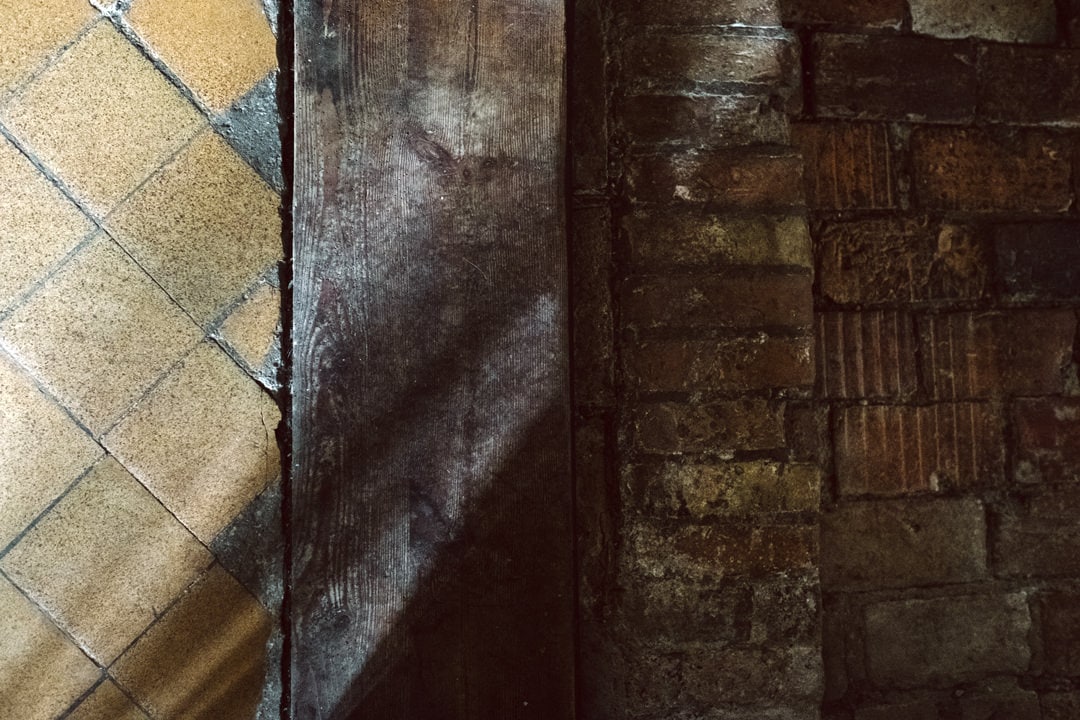
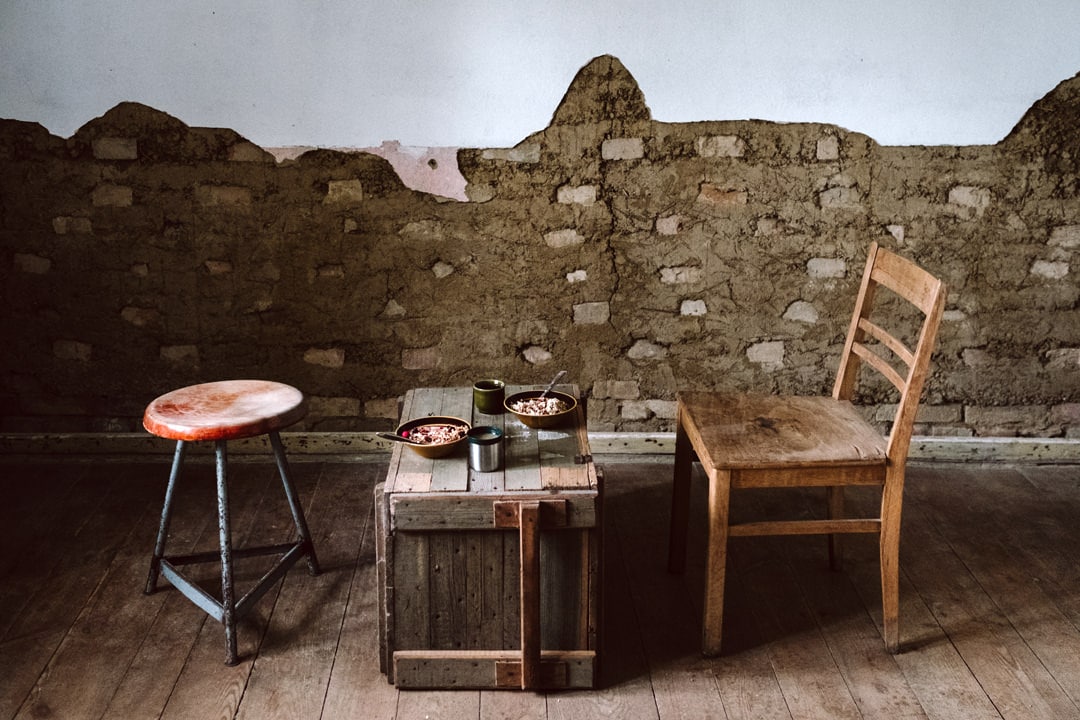
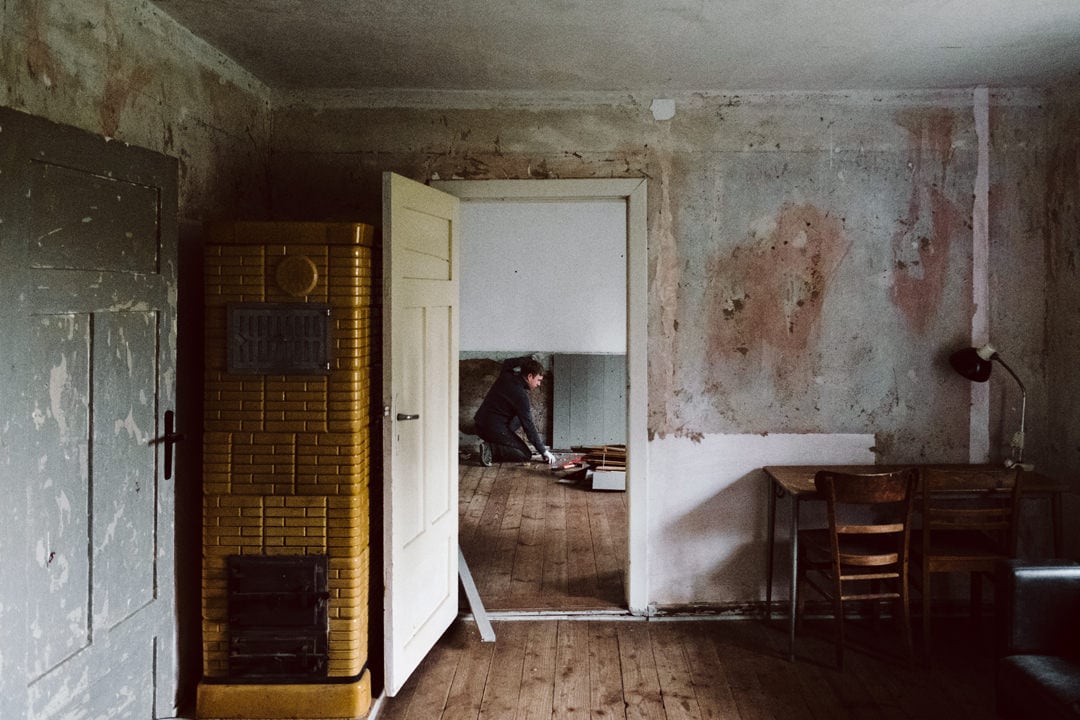
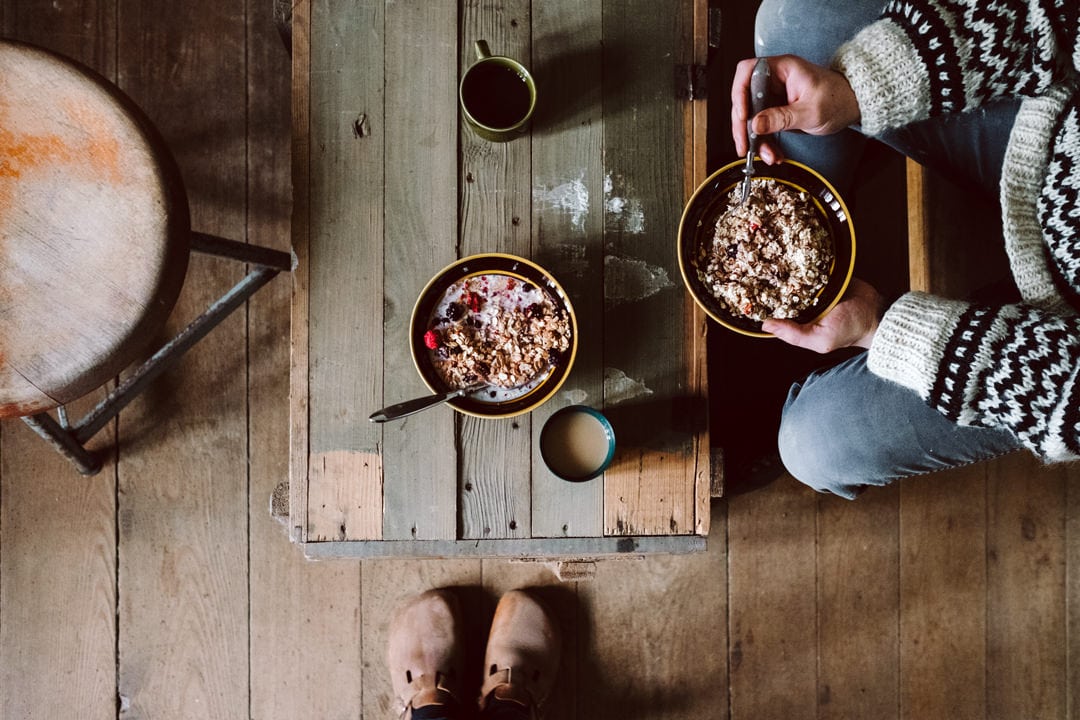
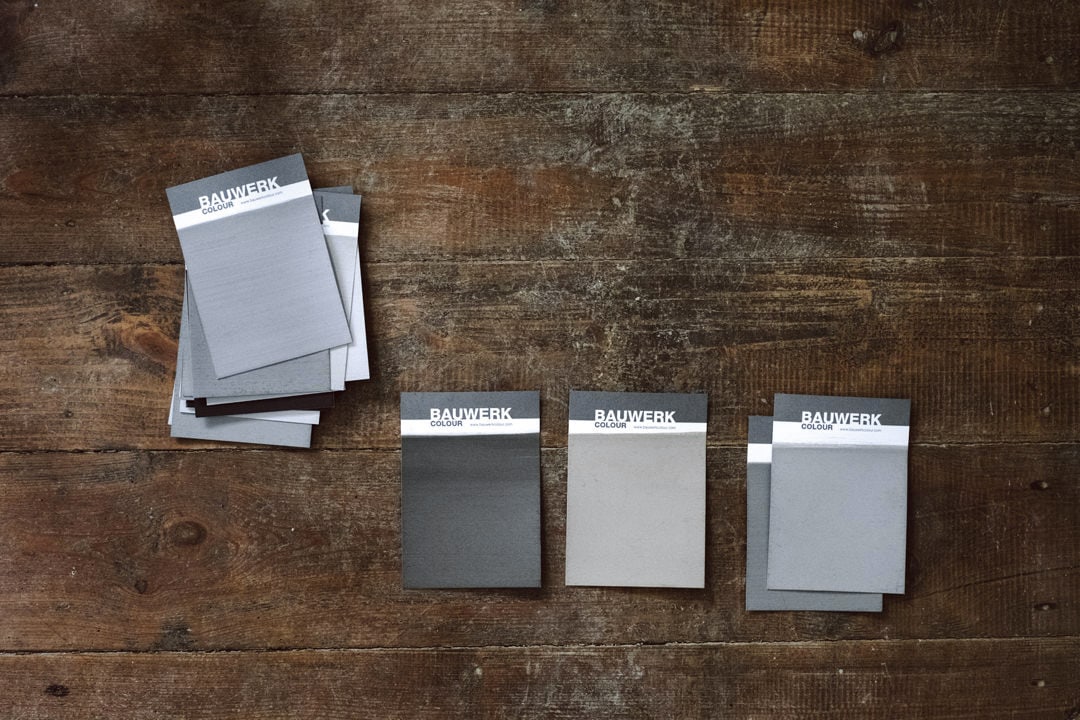


With that we got entirely new, natural structures and colours you can only find but not make. To reveal the whole masonry also means to show the history. Well, our house’s history is not hundreds of years old but still, the bricks and clay – raw, bare, solid materials – were put together 70 years ago. Settler’s houses are basic, usually freestanding houses with small living space but a large property. They were especially built after the First World War and partly given to unemployed people or refuges for self-supply. Often, stables or extra houses belonged to the houses, which were, due to shortage of material, built of recycled materials. Bigger buildings like barns were teared down to build more small houses. The front of our house, which was originally used as a stable, you find timbers which are over 300 years old and found new usage there in the late 1940s. Every day, we discover a bit more of this history. When we walk over the cold, uneven bricks barefooted, then over warm, greyed wood. When we look out of the window it feels like a painting which will change over the years. When the flames in the oven cast their shadows on the walls. All those small things tell us something about those who built this house and lived in it. To observe these simple things is incredibly inspiring and in some way also soothing. They let us feel what da Vinci meant when he said simplicity is the highest level of accomplishment.
We already decided for the colours on which light and shadow will dance. The lime colours from Bauwerk Colour* appealed to us, they are manufactured in harmony with nature. Especially we love the warm hues which convey the impression of clay, loam and earth on the walls. They fit the house and atmosphere perfectly. It is always great to discover companies which do not only convince us with their products but also with their philosophy. The lime colours are made from clay, minerals and natural pigment. They neither contain biocides or other toxic additives, nor are chemicals blown into the environment during the fabrication process, which is powered by 100% eco-power. Even if we already chose our favourite colours, we want to proceed cautiously and take our time with the decisions. The house has a mind of its own and does not buckle. We are the ones led on by the house. For example, we wanted to play with the wooden panels concerning the colour which were painted in a soft gray. However, when we noticed the wallpaper behind them which accumulated moisture which made the surface porous we briefly were at loss. There was no way we keep such prone spots. To remove all the panels was never planned at all, though. Our colour plans were thrown over as well as our schedule. Such unexpected incidents may be annoying first, but we want to see them more as gifts. Beneath the panels, wallpaper and stalling surface we found the masonry with clay and bricks.

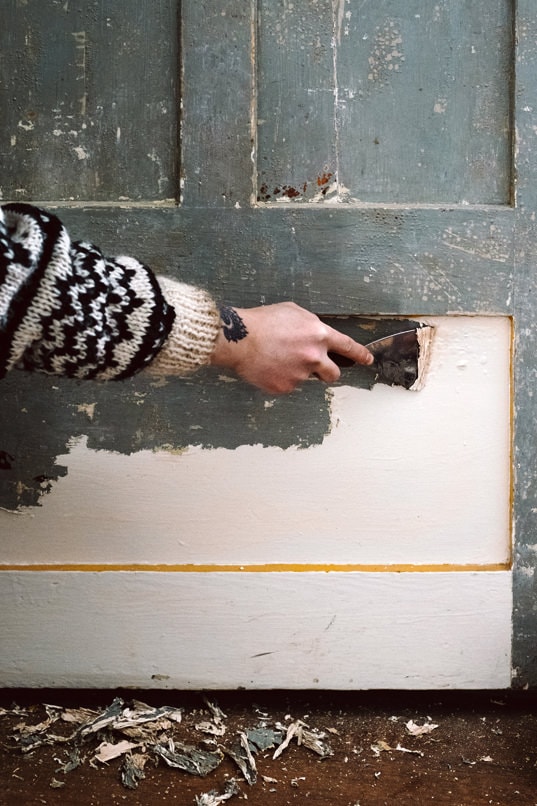
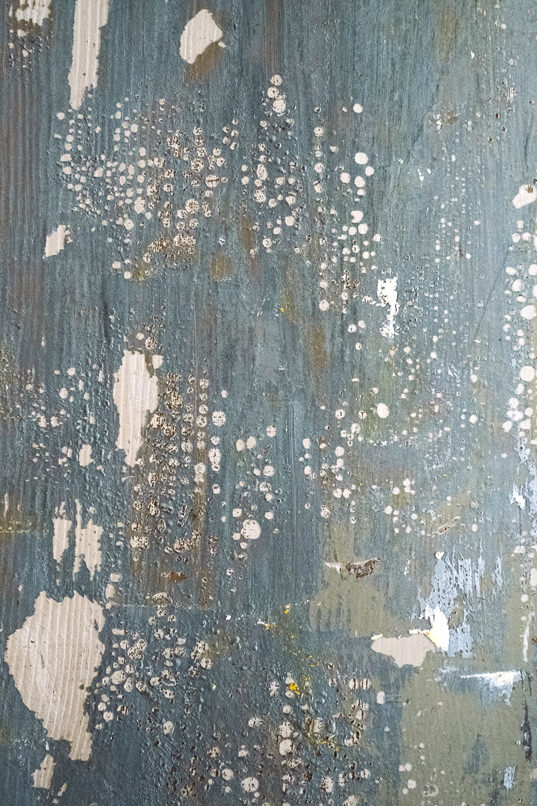
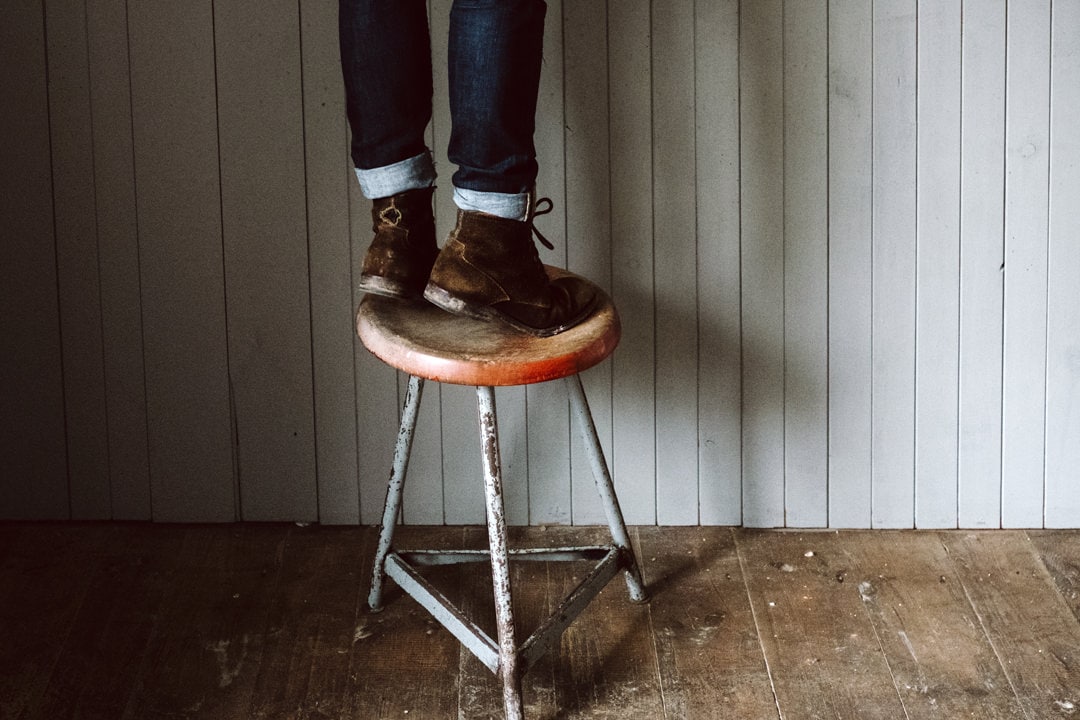




This post was written in cooperation with Bauwerk Colour. Even though the colours have been provided to us, we only reflect our own uninfluenced opinion. We had completely free hand over content and text of the contribution.


